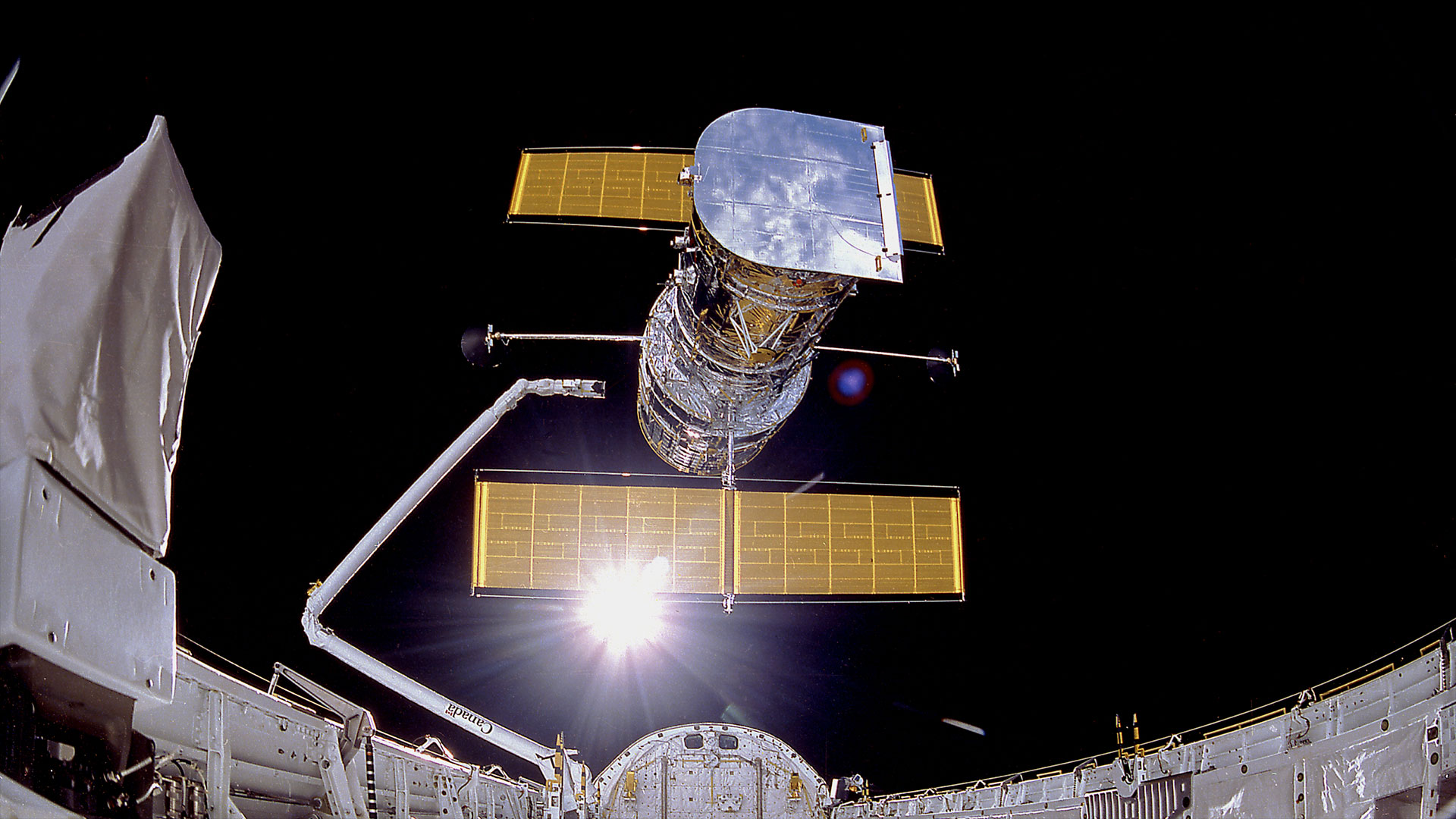The Ursid meteor shower peaks this weekend. Here's what to expect from the final 'shooting stars' of 2024
Fair warning: It might not be the most robust display this year.

Missed the Geminid meteor shower earlier this month? Don't worry. We're in for a little pre-Christmas stargazing treat. The Ursid meteor shower — the final one of the year — is predicted to peak in the early morning hours of Sunday (Dec. 22).
As far as meteor showers go, the Ursids aren't known to be particularly active. If viewing conditions are perfect, you might see upwards of 10 meteors per hour, according to In-the-Sky.org. But this year, the last quarter moon will interfere with the show, so it's best to keep expectations low — say, maybe five meteors per hour.
Still, you never know what might happen. Per EarthSky, the Ursids unexpectedly produced around 100 meteors per hour in 1945 and 1968 and some 30 meteors per hour in 1973.
The Ursids are named for their radiant, or the point from which they appear to emanate: the constellation Ursa Minor, also known as the Little Dipper. But they actually come from the comet 8P/Tuttle, or more specifically, the trail of debris it leaves behind on its orbit of the sun. As Earth moves into that trail, the debris burns up in our atmosphere, creating shooting stars.
If you're hoping to catch a glimpse of the show, here's what you need to know about the Ursids in 2024.
Related: Ursid meteor shower 2024: Everything you need to know

Want to check out Ursa Minor? We recommend the Celestron Astro Fi 102 as the top pick in our best beginner's telescope guide
When is the best time to see the Ursid meteor shower?
The Ursids run from Dec. 17 to Dec. 26, with the peak occurring in the early morning of Dec. 22. While you can see them any time during the period, the best view will likely occur in the predawn hours of Dec. 22. That's when the radiant will be highest in the sky.
Get the Space.com Newsletter
Breaking space news, the latest updates on rocket launches, skywatching events and more!
What are the viewing conditions for the Ursid meteor shower this year?
Unfortunately, the moon will be quite bright during the Ursid peak this year. It'll be approaching its last quarter phase at 54% illumination, meaning it'll be fairly bright in the night sky. The moon's light will likely drown out dimmer meteors.
How to look for the Ursids
All you have to do is bundle up and get out someplace dark with a wide view of the night sky. Let your eyes adjust to the darkness, then look up. You won't need to look directly at the radiant — in fact, it's better to look in a slightly different direction, as the meteors will be moving away from it.
When is the next meteor shower?
After the Ursids, the next meteor shower is the Quadrantids, which will peak the night of Jan. 2 into the morning of Jan. 3, 2025.
Join our Space Forums to keep talking space on the latest missions, night sky and more! And if you have a news tip, correction or comment, let us know at: community@space.com.

Space.com contributing writer Stefanie Waldek is a self-taught space nerd and aviation geek who is passionate about all things spaceflight and astronomy. With a background in travel and design journalism, as well as a Bachelor of Arts degree from New York University, she specializes in the budding space tourism industry and Earth-based astrotourism. In her free time, you can find her watching rocket launches or looking up at the stars, wondering what is out there. Learn more about her work at www.stefaniewaldek.com.









